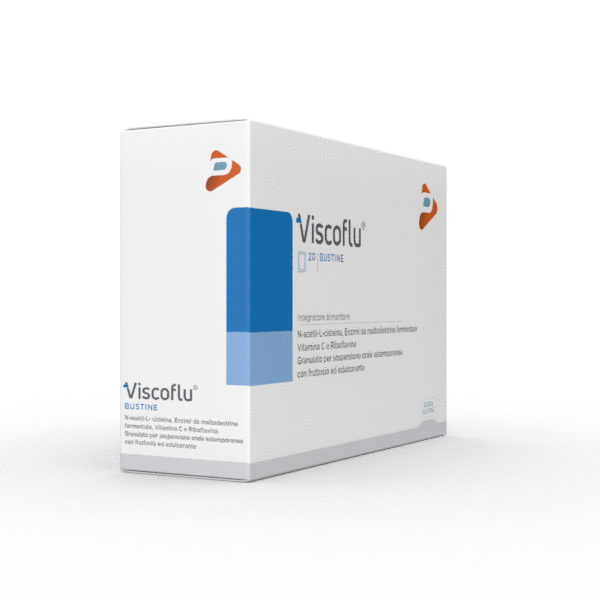Influenza vs parainfluenza: considering symptoms, a period of diffusion and treatment
Mentioning data from the last year and beyond is an excellent opportunity to remember that influenza is different from parainfluenza diseases. In what? If you want to know more about it, follow us in the next few lines and set off to discover some very important information for your health!
When symptoms such as fever, runny nose, and general malaise appear, the thought immediately turns to flu. However, this is not always the right answer to the question “What do I have?”. In many cases, in fact, we are dealing with parainfluenza diseases.
Distinguishing the two situations based on symptoms may not be easy since different manifestations are in common. In general, the symptomatology is decidedly less aggressive in the case of parainfluenza, which must be included among the paramyxoviruses.
The flu, on the other hand, belongs to the orthomyxovirus family. The difference between the two types of the virus was discovered in the 1950s, ending an objective confusion between influenza and parainfluenza. Very frequent parainfluenza disorders are mild and of short duration. Unlike the flu, which reaches its peak in the winter months, parainfluenza viruses are widespread above all between spring and autumn.
As for the treatment, let us remember that, for these respiratory infections, there is no specific therapy to consider. In most cases, in fact, it is sufficient to rest and constantly hydrate, especially if frequent intestinal evacuations appear among the symptoms. Furthermore, in the case of parainfluenza viruses, there are no vaccines that protect against the risk of contracting the disease.
Responsible for most acute respiratory infections in children, parainfluenza can be prevented with simple dietary advice. Let’s see together what in the next paragraph. How to prevent parainfluenza thanks to nutrition
The first secret to preventing parainfluenza is … nutrition! We are what we eat. Thanks to the foods we eat every day, we can contribute greatly to the efficiency of the immune system. In the specific case of parainfluenza, against which we should not lower our guard even in the hottest months of the year, the diet should include:
Large leafy vegetables, excellent sources of vitamin C
Melon
Apricots
Whole grains Lentils, chickpeas, oat flour
Bluefish, rich in omega-3 fats able to modulate the immune response and inflammation.
Lean meats, allied to the immune system by virtue of the presence of Zinc
When you touch on the topic of nutrition as a solution to prevent flu and parainfluenza, it is good to remember that the foods we eat every day provide only a part of the necessary nutrients.
To increase its quantity and optimize its absorption it is essential to focus also on integration.
By choosing the products well, it is possible to give the body a real boost of fundamental nutrients for the immune system.
Among these, we can mention vitamin C and Riboflavin, another name for vitamin B, two substances that stand out among the other vitamins in how they manage to support our body’s natural defenses.


